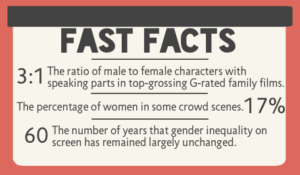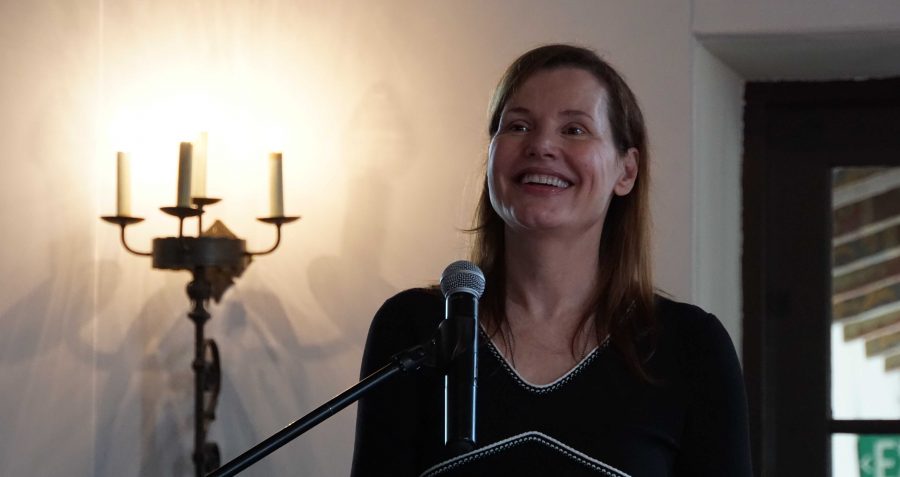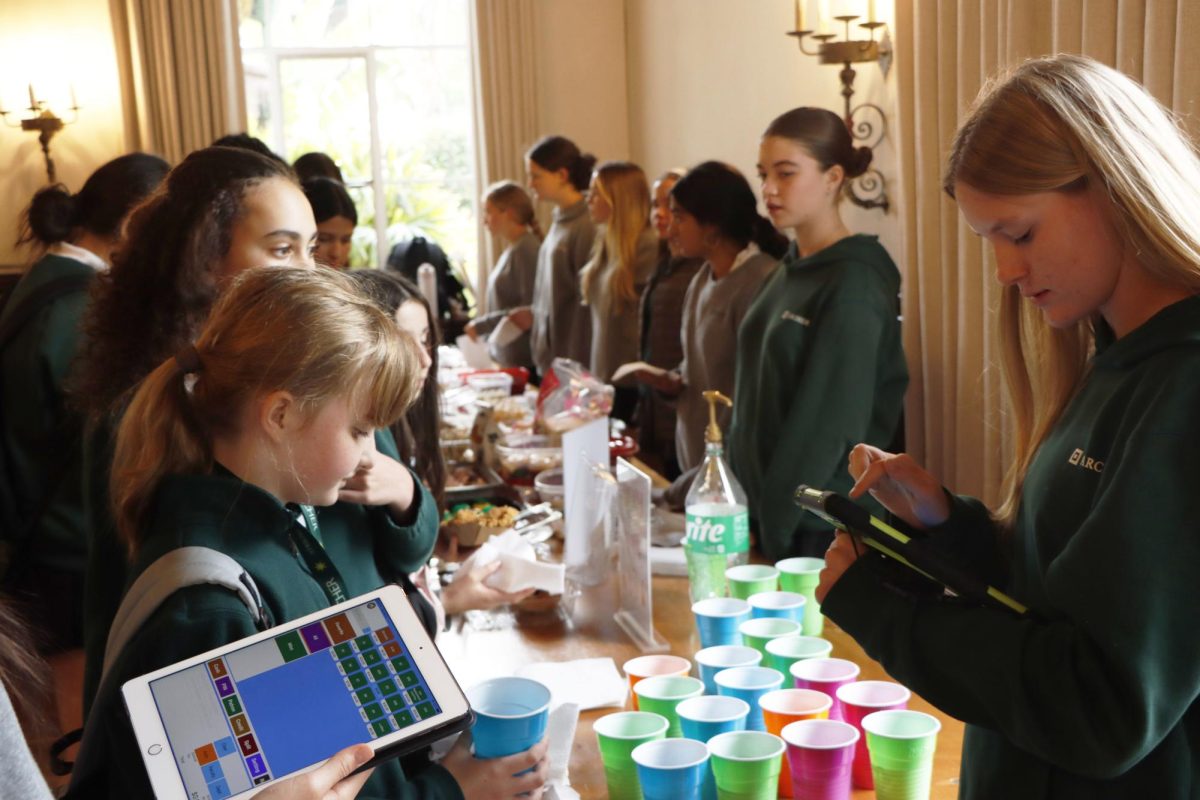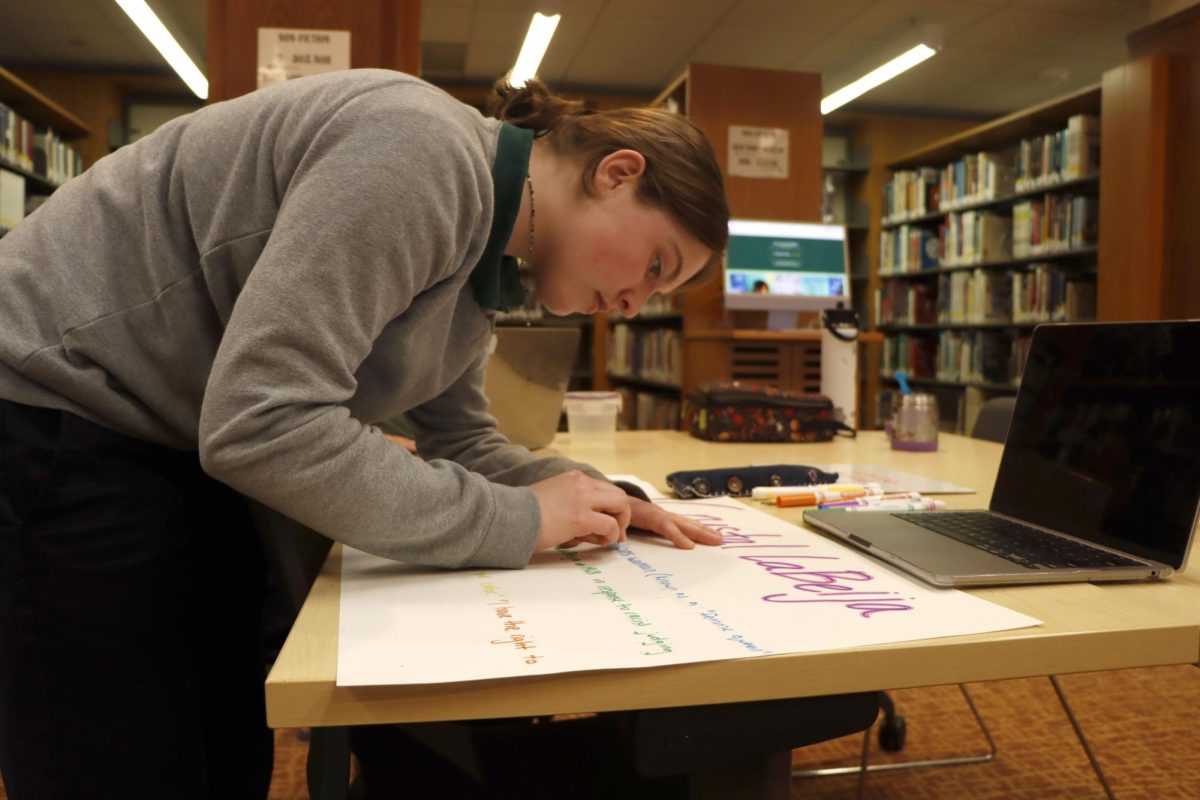Academy Award winner and Archer parent Geena Davis came to speak to the student body about gender equality in the media on Monday Feb. 2 and Wednesday Feb. 4.
Davis has won several acting awards including the Academy Award for Best Supporting Actress in “The Accidental Tourist” and a Golden Globe in 2006 for Best Performance by an Actress in a Television Series – Drama, for her role as the first female President of the United States in “Commander in Chief,” according to her IMDB page.
Davis is the “Founder and Chair of the non-profit ‘The Geena Davis Institute on Gender in Media‘ and its programming arm See Jane, which engages film and television creators to dramatically increase the percentages of female characters — and reduce gender stereotyping — in media made for children 11 and under,” according to a bio provided by Dean of Students Gretchen Warner.
In her presentation to the Upper School, Davis explained that she first began to notice gender disparities when her daughter Alizeh Davis Jarrahy ’20 was little and the two would watch children’s shows together.
“I immediately noticed that there seemed to be far fewer female characters than male characters in the shows we were making for little kids,” Davis said in her presentation to the Upper School.
This led her to “commission the largest amount of research ever done on gender depiction in the media, covering over a 20-year span on G, PG and PG-13 films and television.”

She told Archer students an anecdote about conversations she would have with studio executives. She would ask them: “Have you ever noticed how few female characters there are in G and PG movies?” To which the executives would respond, “That’s been fixed.”
“Very often they would name a movie with one female character as proof that gender inequality had been fixed,” Davis said.
Davis then concluded that gender inequality in the media “is not a plot, [the people in charge] are simply not aware of it.” She attributes this to “unconscious bias” which she says can be found in all aspects of life.
Davis mentioned that the percentage of women in print journalism, on the boards of fortune 500 companies and in Congress all landed around 20 percent.
“Could it be that we’re seeing this as the norm partly because of the media that we consume? If [the media’s portrayal of] the world is about 20 percent women, then when you have a couple of women on your board, or a couple of women law partners in your firm, you feel done, you have women,” she said.
She argues that this sends a “very negative message, that girls aren’t as important as boys,” and that the United States is responsible.
“80 percent of the media consumed globally is produced in the U.S., so we are responsible for exporting a very negative image of women around the world,” Davis said.
Davis mentioned a type of speech called “up-talk” where people, particularly girls and women, raise their voice at the end of a sentence, turning a statement into a question.
“It’s a very, very unconscious thing and so prevalent, adults, everybody, a lot of people do it,” she said. “There are a lot of ways that we give away power just because we’re taught to do so. It’s ingrained in us to try not to appear confrontational, when in fact it’s okay to just speak your opinion.”
She acknowledges that it might be difficult to achieve gender equality in some fields, for example, “if we were to add women to congress at the rate that we have been, we will achieve parity in 500 years.”
“There is one segment of society where we can make the change overnight— and that’s on screen. The very next movie that somebody writes can be gender-balanced,” Davis said.










